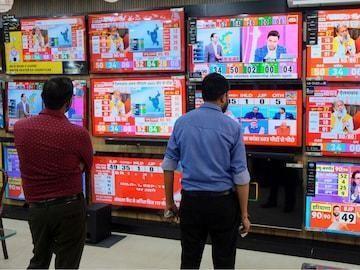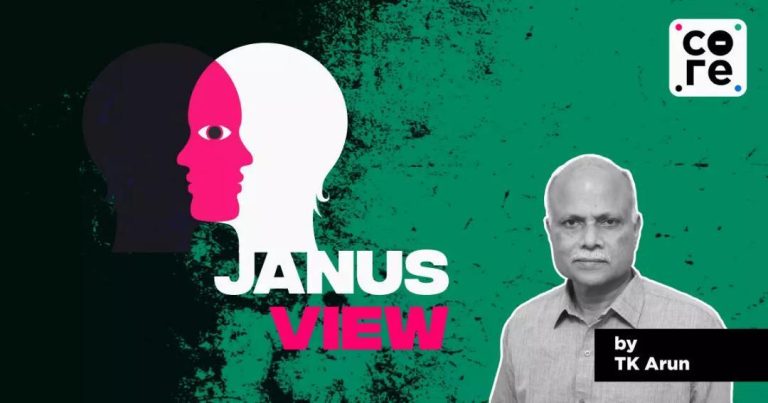
How accurate were Delhi exit polls predictions in 2015 & 2020?
Exit polls have become an integral part of election coverage, providing a sneak peek into the likely outcome of an election. In the Delhi Assembly elections, exit polls have been a crucial tool for predicting the results. But how accurate have these predictions been over the years? In this blog post, we’ll take a closer look at the accuracy of Delhi exit polls in 2015 and 2020.
2015 Delhi Assembly Elections
The 2015 Delhi Assembly elections were a closely watched contest between the ruling Aam Aadmi Party (AAP), the Bharatiya Janata Party (BJP), and the Congress. Exit polls estimated that AAP would secure 45 seats, BJP 24, and Congress one. However, the actual results were a dramatic departure from these predictions. AAP won 67 seats, leaving BJP with just three and Congress with none.
The exit polls had clearly underestimated the popularity of AAP and overestimated the strength of BJP. The actual results were a resounding endorsement of AAP’s governance and policies. The party’s focus on issues like corruption, healthcare, and education had resonated with voters, leading to a landslide victory.
2020 Delhi Assembly Elections
The 2020 Delhi Assembly elections saw a repeat of the 2015 contest, with AAP and BJP locked in a bitter battle. Exit polls predicted that AAP would win 54 seats and BJP 15. However, the actual results were again a surprise, with AAP winning 62 seats and BJP eight.
While the exit polls had improved their accuracy since 2015, they still underestimated the scale of AAP’s victory. The party’s campaign, focused on issues like pollution, women’s safety, and economic development, had clearly struck a chord with voters. BJP, on the other hand, struggled to regain lost ground, despite its efforts to capitalize on AAP’s anti-BJP rhetoric.
Analysis
So, how accurate were the Delhi exit polls in 2015 and 2020? A comparison of the exit poll predictions with the actual results reveals some interesting trends. In 2015, the exit polls underestimated AAP’s strength by a massive 22 seats, while overestimating BJP’s tally by 21 seats. In 2020, the exit polls underestimated AAP’s victory by 8 seats, while overestimating BJP’s tally by 7 seats.
There are several reasons why exit polls may not always accurately predict election results. One major factor is the difficulty of accurately sampling voters in a large and diverse city like Delhi. Exit polls rely on a representative sample of voters, which can be challenging to achieve in a city with a population of over 29 million.
Another factor is the volatility of voter sentiment, which can be influenced by a range of factors, including last-minute campaign messages, controversy, and unexpected events. In both the 2015 and 2020 Delhi Assembly elections, there were controversies and last-minute campaign twists that may have impacted voter behavior and exit poll predictions.
Conclusion
In conclusion, the accuracy of Delhi exit polls in 2015 and 2020 has been mixed. While the exit polls provided some insight into the likely outcome of the elections, they also underestimated the scale of AAP’s victories. The actual results were a testament to the power of AAP’s governance and policies, as well as the party’s ability to connect with voters.
As we look ahead to future elections, it’s essential to consider the limitations of exit polls and not rely too heavily on their predictions. Instead, we should focus on understanding the underlying trends and issues that shape voter behavior, and providing accurate and unbiased reporting to the public.
Source:






